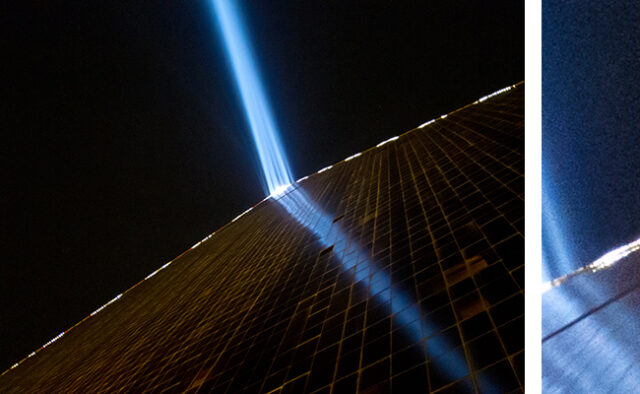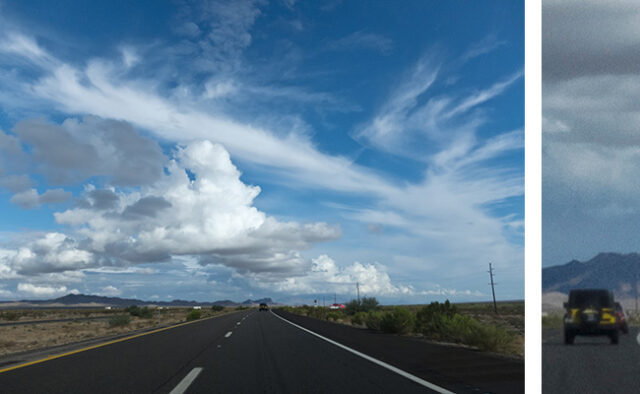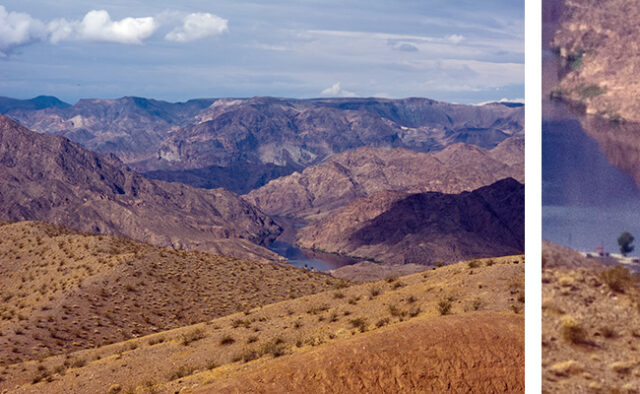Last August I posted an entry about my new point-and-shoot camera, the Canon PowerShot S95. Although I’ve used it a lot since I purchased it, it’s taken me a while to finally get back to writing down some of my impressions. This is not meant to be a thorough review with all sorts of technical details, just my general thoughts about how the camera works for me. If you’re looking for detailed reviews of camera gear, check out what the folks at dpreview.com have to say. They have a great site with a wealth of information about cameras, lens, and printers of all makes and models. And, it’s not just reviews; they also provide a lot of informative articles on a wide variety of photographic topics.
I bought the S95 primarily because it’s small enough for me to put in my pocket, it allows me to set it manually when I want to, and it can take 10 MP RAW images. Obviously those 10 MP images will not have the same quality as 10 MP images from a DSLR because the sensor is much smaller. Compared to less expensive pocket-sized cameras, however, its sensor is larger. For example, the sensor in the Canon PowerShot A495 is 6.17 x 4.55 mm compared to 7.49 x 5.52 mm for the S95 sensor. However, for a pocket camera that’s pretty good.
Although one of the features that attracted me to this camera is the ability to use a lot of manual settings, I’ve found that so far I almost never use it out of program mode. This could be because when I’m carrying this camera I’m usually in situations where I’m more likely to be taking snapshots than more creative photographs. It also could be because I’ve found that the results from using the program mode are really very good.
For my purposes, I’ve been very satisfied with the S95. As with most cameras having small sensors, the images are noisier than DSLRs. This is especially true of higher ISO settings. The performance of the camera is illustrated in the table below. On the left side of each row is a full image shown reduced, of course, to easily fit on this page. On the right side of each row is a section from the left-hand image shown at 100%. The shutter speed, f-stop, and ISO setting are listed under the photos. The camera ISO settings range from 80 – 3200, but I’ve never used it higher than 1600. Despite the noise shown in the 100% version of the first image below, considering that it was taken hand-held at 1/4 second I think that the results are very good. The image stabilizer obviously works quite well and having an f/2.8 lens allows it’s use in very low-light situations. The second and third images were taken at lower ISOs and are not as noisy.
The bottom line is that I’m very satisfied with this camera.


